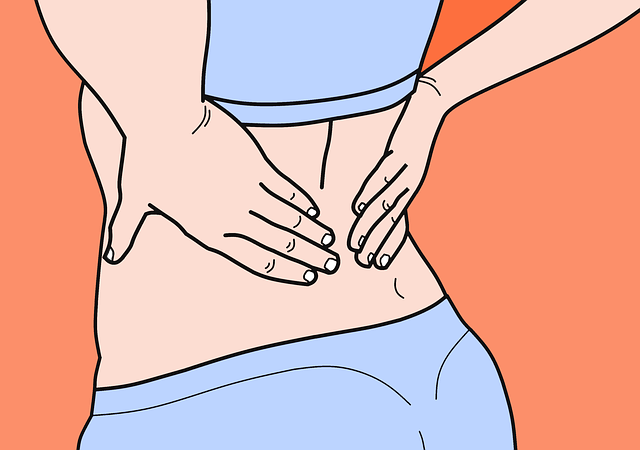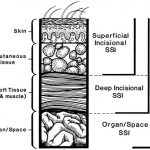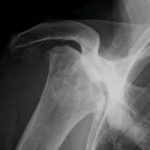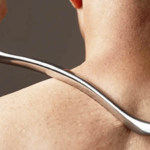It’s a common thing to hear somebody complaining about their lower back pain. Although it’s usually the older population, back pain is becoming increasingly common amongst younger adults too. But what actually causes lower back pain in adults?
Here are the top seven causes of lower back pain in adults.
1. Anterior Pelvic Tilt
A common cause of back pain is anterior pelvic tilt, which is a change in posture that results when the front of the pelvis rotates forwards, causing the back of the pelvis to rise. It is caused by shortening of the hip flexors, and lengthening of the hip extensors. These are the muscles that surround the hip, and they enable you to walk, kick, bend, and rotate your hips.
When the hip flexors are tight and the hip extensors are more relaxed, the pelvis gets pulled into a tilted position. Tightness in the hip muscles if often caused by poor posture, lack of stretching and, excessive sitting. The top of the pelvic girdle is pulled forwards, which causes the lower spine to curve excessively. In turn, this leads to increased pressure on the lower spine and increased lower back pain.
Luckily, anterior pelvic tilt is fixable. There are a number of resources you can look at if you need more info on how you can fix anterior pelvic tilt.
2. Poor Posture
When the upper back is rounded, it can cause issues further down the spine. Excessive forward shoulders position (rounding of the upper back) is common, especially due to the modern-day lifestyle where everything we do is in front of us (such as texting, typing, or watching TV). Many of us aren’t aware of what proper posture actually is, or how important it is for our spinal health.
When we have poor posture, it can cause lower back pain. This is due to overcompensation of the lower spine when the upper spine is mis-aligned. The natural curvature of the spine is exaggerated, which places extra pressure on the lumbar vertebrae. This lower back pain appears over a long period of time, so many people go through life without a second thought about their posture, until one day, this awful back pain appears seemingly out of nowhere.
3. Herniated Lumbar Discs
The centre of the discs in the lumbar spine has a jelly-like consistency. This jelly-like substance can leak out through the hard outer layer of the vertebrae, causing irritation and damage to the nerve root. This is known as a lumbar herniated disc, and it can lead to a number of problems, including inflammation around the area, neuronal symptoms, and lower back pain. The pain originates from the nerve root, and this severe pain often spreads to a wider area.
4. Sacroiliac Joint Dysfunction
The sacroiliac joint connects the sacrum (lower spine) to the pelvic girdle (pelvis). It is an essential joint that allows coordination of the whole body, and helps with the transfer of weight across the upper and lower body. When this joint becomes inflamed or irritated, it can become painful. This pain can also be experienced when the muscles surrounding the joint, such as the hip flexors and hip extensors, are tight.
5. Osteoarthritis
Osteoarthritis is a degenerative condition where the cartilage around the joints starts to break down, leading to inflammation and pain around the joints. It can also cause instability and immobility. This condition usually progresses slowly over time, and the pain gets worse and worse. Osteoarthritis can occur in the lower spine, causing severe back pain and joint stiffness.
6. Deformities
Deformities in the spine include scoliosis, kyphosis, and lordosis, and they can all cause a number of problems for the individual. If the deformity causes breakdown of the vertebral discs, or swelling around the joints, it can lead to back pain.
7. Compression Fracture
Severe back pain can indicate a compression fracture. Vertebral compression fractures are small fissures or breaks that appear in the bones in your spin. Risk of these fractures increases with age, but they can affect anybody, young or old. The leading cause of a compression fracture is osteoporosis (bone loss) or other conditions that cause reduced bone density.
If left untreated, compression fractures can cause further issues aside from severe back pain. Identifying and treating them early reduces risk of additional complications in the future.






